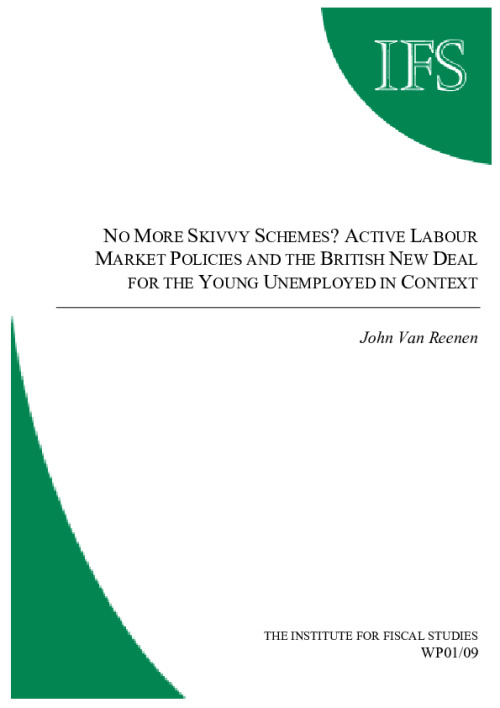The British New Deal for Young People began in January 1998. After 6 months of unemployment, 18-24 year olds enter a 'Gateway' period where they are given extensive job search assistance. If they are unable to obtain an unsubsidised job, then they can enter one of four New Deal options. One of these is a job subsidy ("employers' option"), the others involve full-time education and training, government-provided employment ("environmental task force") or voluntary work. In this paper I evaluate the New Deal in a historical and international context. The toughening of the work search criterion has evolved since the Restart initiative in 1986. Using either the age-related eligibility criteria and/or a comparison of pilot and non-pilot areas results suggest that there has been a significant increase in outflows to employment due to the New Deal. Unemployed young men are now about 20% more likely to get jobs as a result of the policy (the stock of youth employment is about 17,000 higher than it would be without the New Deal). Much of this effect is likely to be because of the take up of the employer wage subsidy, but at least a fifth of the effect is due to enhanced job search. Taken as a whole I conclude that the social benefits of the New Deal outweigh the costs.










